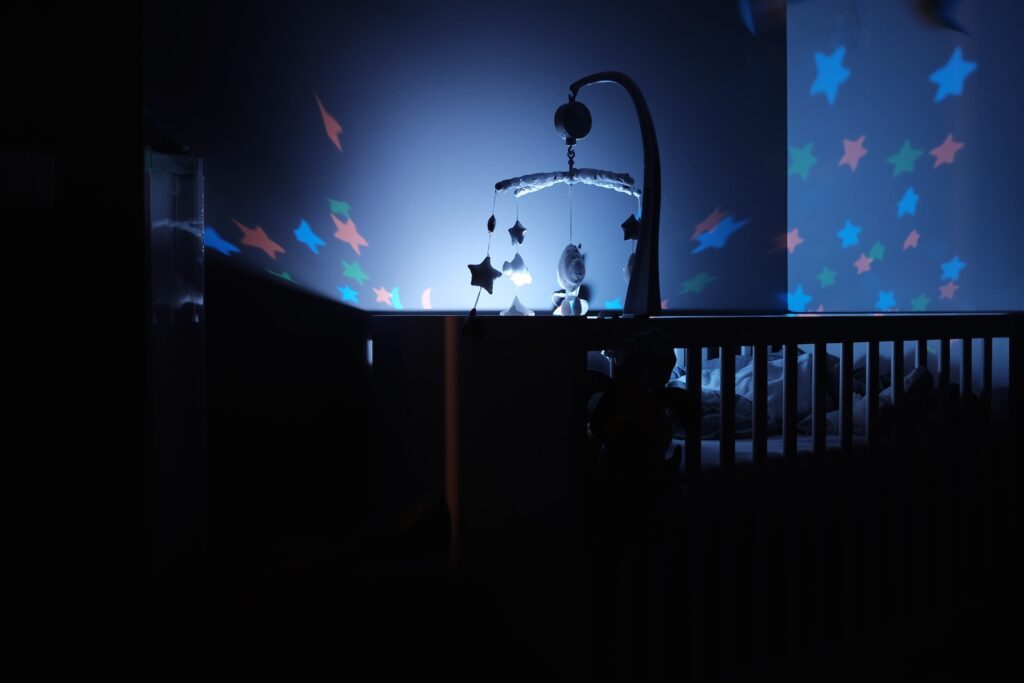How this guide works
Tasks: This is a list of the smaller steps involved in the activity. It breaks down the activity into more manageable parts.
Prompts: These are specific verbal or physical cues given by the caregiver to the child to initiate, guide, or reinforce the desired behavior.
Simple Prompts: This is a simplified version of the prompts.
Positive Reinforcers: This is a list of rewards or incentives used to encourage and reinforce the child’s positive behavior during the activity.
Strategies: These are general approaches or techniques used to achieve the desired outcome.
Checklist: This is a list of tasks or items to check off before, during, and after the activity.
Sensory: This is a list of any potential sensory issues that may arise during the activity that may be overwhelming for the child.
PECS: This stands for Picture Exchange Communication System and is a tool used to aid communication between a child with autism and their caregiver. In this case, we suggest using PECS images that focus on the specific actions involved in the activity.
Tasks:
- Changing into pajamas
- Brushing teeth
- Using the toilet
- Getting into bed
- Reading a bedtime story or listening to calming music
- Turning off the lights
Prompts:
- “Let’s go change into your pajamas.”
- “It’s time to brush your teeth. Can you get your toothbrush?”
- “Let’s go use the toilet before bed.”
- “It’s time to get into bed. Can you climb in?”
- “Do you want to read a book or listen to music before sleeping?”
- “Let’s turn off the lights and go to sleep now.”
Simple Prompts:
- “Pajamas on”
- “Toothbrush”
- “Toilet”
- “Bed”
- “Book/Music”
- “Lights Off”
- “Good night”
- “Sleep”
Positive Reinforcers:
- Praise and high-fives
- Stickers or tokens for completing each task
- A favorite toy or stuffed animal to sleep with
Strategies:
- Use a visual schedule to show the child the steps involved in going to bed.
- Create a calming bedtime routine that the child enjoys.
- Consistently use the same prompts and routines every night.
Checklist:
- Have the child choose pajamas before starting the bedtime routine.
- Make sure toothbrush and toothpaste are accessible.
- Ensure the child has used the toilet before getting into bed.
- Have the child pick out a book or choose calming music.
- Provide a preferred toy or stuffed animal for comfort.
- Turn off all lights except for a nightlight if necessary.
Sensory:
- Use calming scents or essential oils, if the child prefers them
- Adjust the lighting to be dim and calming.
- Use calming music or white noise to create a peaceful atmosphere.
PECS:
- Picture of pajamas
- Picture of toothbrush
- Picture of toilet
- Picture of bed
- Picture of book or music
- Picture of lights off



